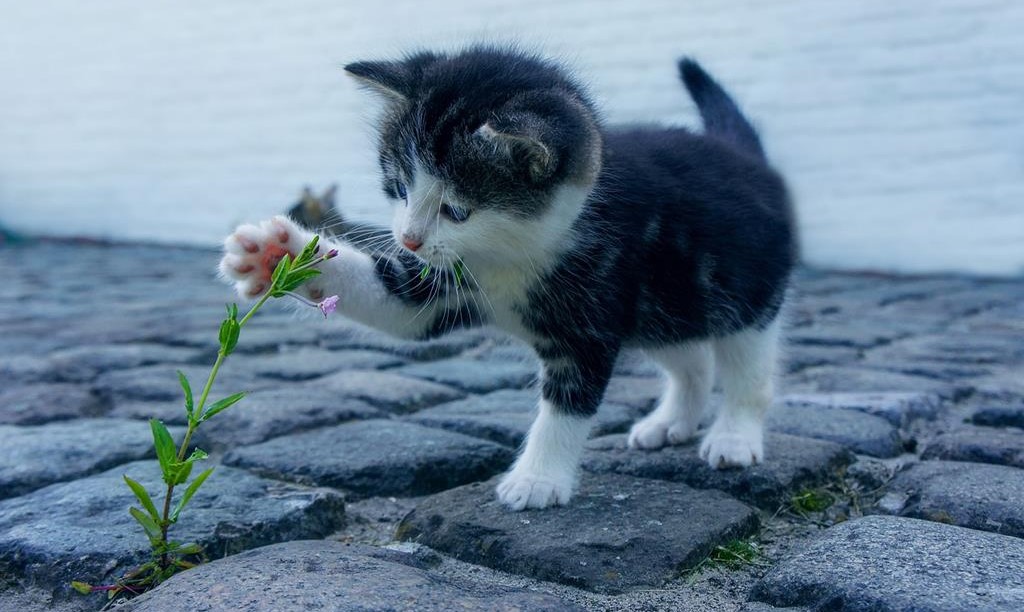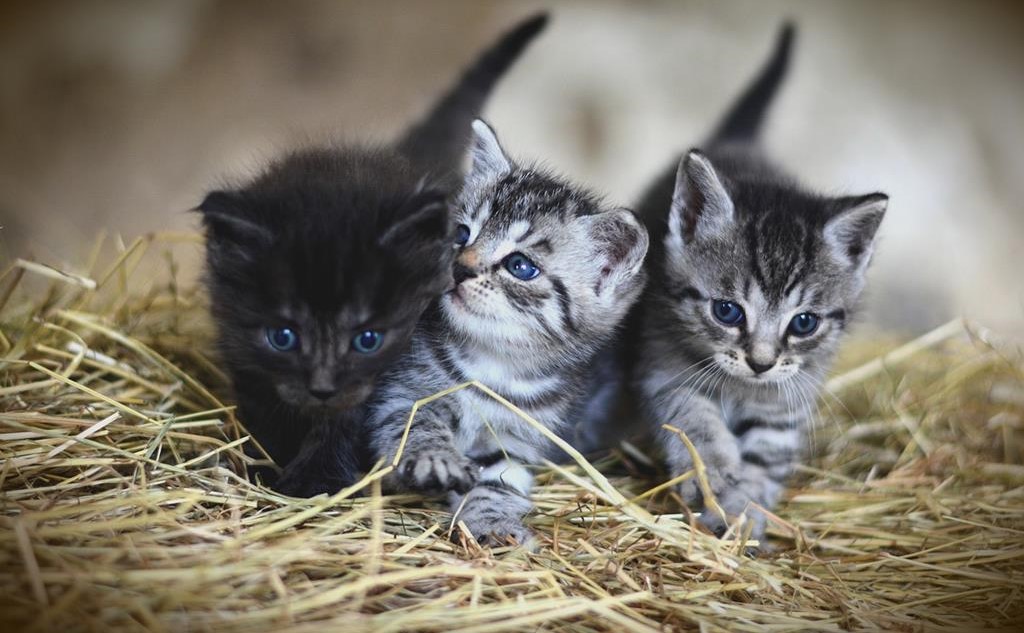The sight of a stray cat wandering the streets can evoke a variety of emotions – empathy, concern, and even a desire to help. One common instinct that people have when encountering a stray cat is to reach out and offer a gentle hand of affection. But is it really OK to pet a stray cat? This seemingly simple question requires a nuanced exploration of both the benefits and considerations involved in interacting with these independent feline creatures.
The Benefits of Petting Stray Cats:
- Human Connection: Stray cats often lead challenging lives, facing hunger, exposure to the elements, and potential dangers. Offering a moment of warmth through a gentle touch can provide these cats with a sense of comfort and human connection that they might otherwise lack.
- Socialization: Many stray cats are actually socialized to humans and are open to positive interactions. By petting them, you can help reinforce their positive associations with people, potentially making them more adoptable if they are eventually taken in by a shelter or a new owner.
- Health Checks: While you’re petting a stray cat, you might notice signs of illness, injury, or distress that could warrant immediate attention. This could be a crucial step in helping a cat receive the medical care it needs.
- Stress Relief: Interacting with animals has been shown to reduce stress and anxiety in humans. Petting a stray cat can offer a brief respite from the demands of daily life and provide an opportunity to experience the joy of connecting with another living being.

Considerations and Cautions:
- Safety First: Stray cats may be unaccustomed to human contact, and their reactions can be unpredictable. Always approach with caution, allowing the cat to approach you first. Avoid sudden movements or loud noises that could startle the cat.
- Health Risks: Stray cats can carry parasites, diseases, or even fleas that might be transmitted to humans. It’s advisable to wash your hands thoroughly after interacting with any stray animal.
- Fear and Trauma: Some stray cats have had negative experiences with humans, and as a result, they might react with fear or aggression. If a cat seems uncomfortable or unwilling to interact, it’s best to respect its boundaries.
- Disturbing the Natural Order: While well-intentioned, approaching a stray cat might disrupt its existing routines and survival strategies. This is particularly true for cats that are part of feral colonies, which have developed their own social structures and means of survival.
- Long-Term Commitment: Providing a fleeting moment of affection might create a sense of attachment, both for you and the cat. However, adopting or caring for a stray cat is a significant commitment that involves proper care, veterinary visits, and providing a stable environment.

Alternatives to Petting:
If you’re concerned about the potential risks or uncertainties of petting a stray cat, there are alternative ways to make a positive impact:
- Provide Food and Water: Offering food and fresh water can help address the immediate needs of a stray cat without direct physical contact.
- Contact Animal Rescue Organizations: If you notice a stray cat in need, consider reaching out to local animal rescue organizations or shelters. They can provide appropriate care and, if needed, work towards finding the cat a permanent home.
- Trap-Neuter-Return (TNR) Programs: If you encounter a stray cat that is part of a feral colony, consider supporting TNR programs that aim to stabilize and manage these populations through sterilization and ongoing care.
FAQs about Petting Stray Cats:
Is it safe to pet stray cats?
While many stray cats are friendly and approachable, it’s important to exercise caution. Stray cats might carry diseases or be fearful of humans. If you decide to pet a stray cat, approach slowly and let the cat come to you first. Wash your hands afterward to minimize the risk of potential diseases.
How can I tell if a stray cat is friendly?
Friendly stray cats often exhibit behavior such as approaching you without hissing, growling, or displaying signs of aggression. They might also show curiosity, wag their tails, or have a relaxed body posture. However, remember that even friendly-looking cats can be unpredictable, so proceed with care.
Should I feed a stray cat before attempting to pet it?
It’s generally a good idea to offer food to a stray cat before attempting to pet it. This helps build trust and allows the cat to associate your presence with positive experiences. However, refrain from trying to pet the cat while it’s eating, as this might cause it to become defensive.
What precautions should I take when petting a stray cat?
First, ensure your safety by wearing appropriate clothing and gloves. Approach the cat calmly and slowly, extending your hand for it to sniff. If the cat seems receptive, gently pet it under the chin or on the back. Avoid making sudden movements or loud noises that could startle the cat.
Are there any potential risks to petting stray cats?
Yes, there are risks associated with petting stray cats. Strays can carry diseases such as rabies, fleas, and ticks. Additionally, a cat’s behavior might change unexpectedly, leading to scratches or bites. Always wash your hands after handling a stray cat and consult a veterinarian if you’re concerned about potential health risks.
Should I try to pick up a stray cat to pet it?
Picking up a stray cat can be risky, as the cat may not be used to human interaction and could become frightened. This might result in scratching or biting. It’s generally better to allow the cat to approach you on its terms. If you need to handle the cat, do so gently and with caution.
What steps should I take after petting a stray cat?
After petting a stray cat, wash your hands thoroughly with soap and warm water. This helps prevent the transmission of any potential diseases. If you’re interested in helping the cat further, consider contacting local animal shelters or rescue organizations to discuss options for its care and potential adoption.
Note: Remember that while petting stray cats can be a rewarding experience, it’s important to prioritize safety and the well-being of both yourself and the cat. If you’re unsure about how to approach a stray cat, consider seeking advice from local animal experts or veterinarians.
Conclusion
In conclusion, the decision to pet a stray cat involves a delicate balance between compassion, safety, and respect for the cat’s well-being. While petting a stray cat can offer benefits to both the cat and the human, it’s important to approach such interactions thoughtfully, with an awareness of potential risks and a willingness to explore alternative ways to help these vulnerable animals.



